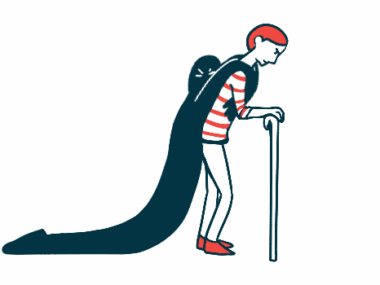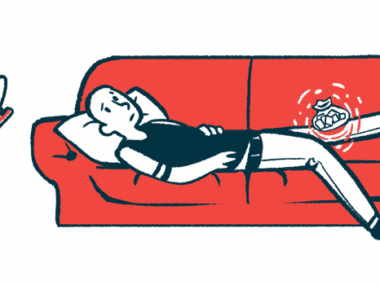Young hEDS Patients Report Great Number of Physical Symptoms That Affect Their Mental Health
Written by |

Young people with hypermobile Ehlers-Danlos syndrome have a considerable number of physical symptoms that have a significant affect on their ability to participate in everyday activities and on their mental health, a study confirms.
The findings of the study, “Symptom complaints and impact on functioning in youth with hypermobile Ehlers-Danlos syndrome,” were published in the Journal of Child Health Care.
Ehlers-Danlos syndrome (EDS) is a connective tissue disorder caused by defects in a protein called collagen. Hypermobile EDS (hEDS), usually regarded as the least severe form of the disorder, is characterized by joint hypermobility (double-jointedness), stretchy skin, easy bruising, and chronic musculoskeletal pain.
“[A]dults with EDS reported that pain, fear, stigma, and negative experiences with health care caused them to feel the most limited in their lives. We are unaware of any similar studies obtaining patient reports on what the hardest part of hEDS is for pediatric patients,” the researchers wrote.
Moreover, previous reports have shown that adult hEDS patients often experience symptoms of certain psychological disorders, including anxiety and depression, which have been found to be directly correlated with physical symptoms of the disorder (e.g., fatigue, tiredness, and pain). Yet, in younger hEDS patients, the relationship between psychological and physical symptoms of the disease remains mostly unexplored.
A team led by investigators from the DePaul University in Chicago, Illinois, sought to document the most prevalent symptoms and complaints of young hEDS patients, as well as to examine the impact of these symptoms on their physical and psychological well-being.
The study involved 34 hEDS patients 8 to 18 years old, who had been recruited at a genetics clinic at a children’s hospital in the Midwest.
All patients in the study completed a series of questionnaires to assess their physical (pain, physical symptoms, and fatigue) and psychological (anxiety, depression) concerns, as well as their degree of functional disability — that is, to what extent hEDS interfered with their normal daily life activities.
In addition, all participants were asked to explain what was the most difficult aspect of living with hEDS.
Most participants felt the most difficult thing about living with hEDS was having to cope with the physical symptoms and limitations posed by the disorder. The majority agreed the most problematic physical symptoms were pain (41.2%), and fatigue (14.7%).
According to patients, pain was more severe in the back, neck, and shoulders. Besides pain, they also reported being tired when waking in the morning, having dizziness, headaches, and muscle weakness.
Many (20.6%) also said the hardest thing for them was being unable to keep up with their friends and family because of their symptoms.
Correlation analyses revealed that physical symptoms of hEDS were the strongest predictor of functional disability, anxiety, and depression in these patients.
“[H]igher pain intensity, greater number of somatic [physical] symptoms, and higher fatigue severity are all related to higher functional disability, anxiety, and depression. Number of pain locations was related to functional disability and anxiety,” the researchers wrote.
Further analyses indicated the most relevant aspect of physical symptoms having a strong affect on patients’ levels of depression and anxiety was the high number of physical hEDS manifestations.
“The findings from this study extend research done with adults with EDS diagnoses and can guide clinical practice in youth with hEDS,” researchers wrote.
The team suggested that “assessing and addressing a range of symptoms in treatment may alleviate functional disability and psychological symptoms,” and that “additional research is needed to better understand the complex needs of hEDS patients.”




